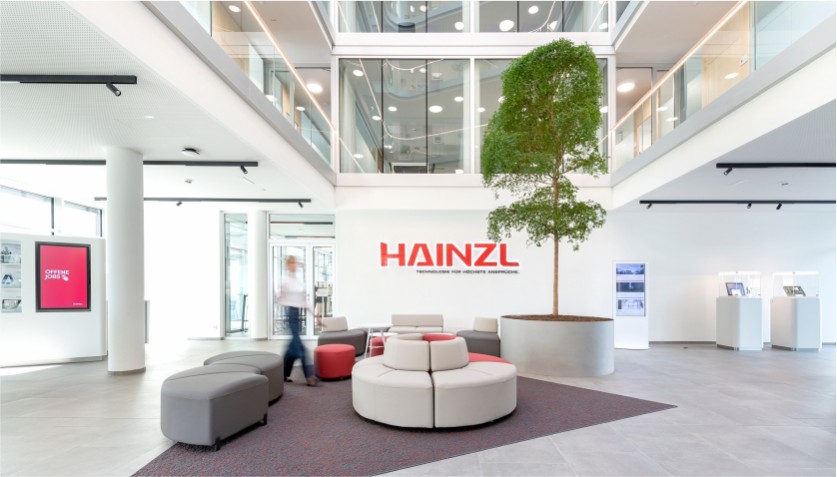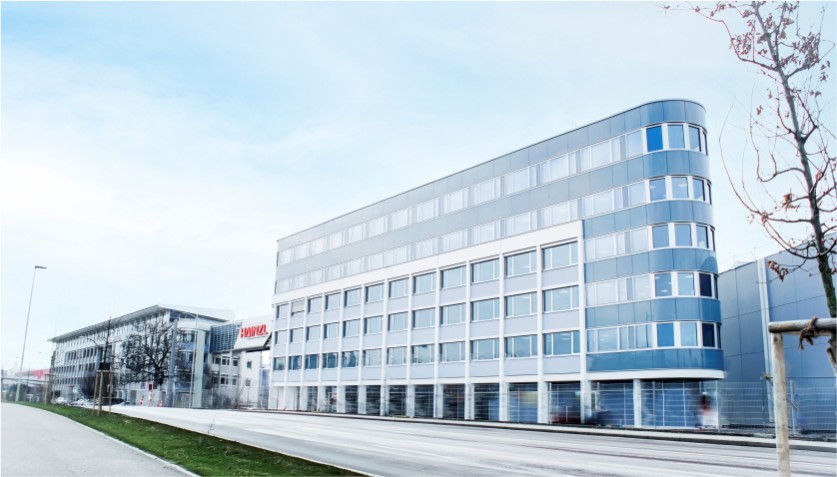Extraction: explosion protection and its legal basis for grinding
We often encounter the topic of explosion protection when grinding metals and plastics and it is extremely complex. For example, grinding dusts made of aluminum, magnesium, titanium or composite materials are considered explosive. We have prepared the legal basis for you in a structured and understandable way.
Which abrasive dusts are explosive?
Dusts generated when grinding light metals such as aluminum, magnesium or titanium or plastics are considered explosive. Extraction and filter systems must be planned, designed and operated in accordance with the applicable ATEX directive. Mixing with other emissions must be prevented if the risk of explosion is increased. An example of this is the extraction of grinding dust during aluminum and steel processing in a plant. The aluminum dust is considered explosive and the steel grinding can cause sparks to enter the extraction system. Both are a highly dangerous combination. Organizational and technical measures must be taken to prevent such a combination.
What actually is an “explosion”?
The law defines explosions as “thermal or chemical energy that is converted into pressure or shock waves”. Flames and heat, the release of splinters and substances and even the destruction of entire plants and buildings can occur as secondary effects. Explosions are usually triggered by combustion reactions of fuel-air mixtures.
Legal basis
The legal basis is the ATEX directive. ATEX is a word construct made up of the French terms ATmosphère EXplosibles. ATEX regulates the joint responsibility and liability at European level for all companies that have potentially explosive atmospheres or offer equipment for such atmospheres. ATEX harmonizes the legislation of the EU member states and ensures a common obligation for operators and manufacturers. The EU directive is implemented through national legislation.
What obligations does the operator have?
The operator must assess the explosion hazards and risks for all his processes and under different operating conditions. Based on the results, he is obliged to classify his processes into hazard levels (Ex zones) depending on the risk. To protect the health and lives of his employees, he must draw up a catalog of measures. The operator is obliged to monitor compliance with the defined measures. Organizational measures must be controlled by operating instructions. The process is summarized in an explosion protection document that contains all the data and protective measures determined.
What obligations do manufacturers have?
Plant and machine manufacturers are also required to comply with ATEX. They must submit a standard-compliant design including the construction of the system. The hazard potential of a system or machine is determined in the course of a risk analysis. Proper use and operating conditions must also be defined. The system is classified into device categories and can then be designed and built in accordance with the standard and risk analysis. A conformity assessment and corresponding labeling are also required. It is not sufficient to simply assess and label the individual components; an overall assessment of the entire system must be prepared.
Who will support you?
We deal with the legal issues surrounding ATEX on a daily basis. That's why we offer you our expertise in all aspects of ventilation technology when it comes to potential hazards. It goes without saying that we are always available to help you design an optimal and, above all, safe solution.
A customer recently described our support in the approval process as follows: "When we informed the authorities that the ventilation systems with all explosion protection measures would be planned and implemented by Kappa, they said: Then the approval will go through without a hitch."





